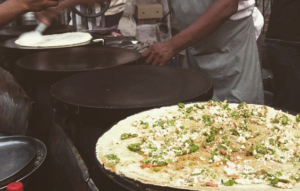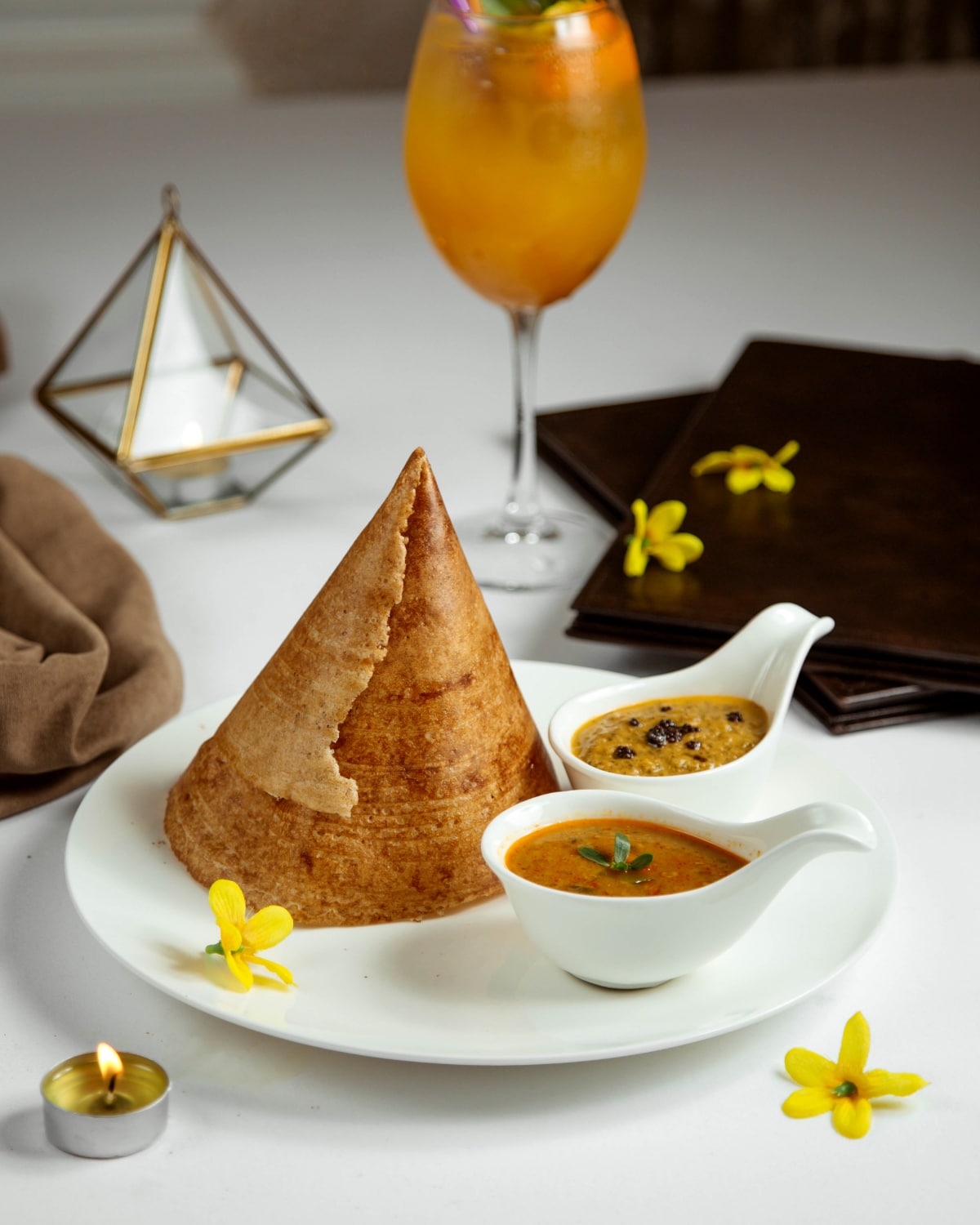Everything you see on the earth is either a solid, liquid, or gas. Each element has its own property for a particular application. We cook food so that it can be delicious and can be easily digestible. When it comes to cooking a particular item, we prefer some utensils suitable for it. In this same fashion, we chose always a pan for making dosa. We commonly find cast iron dosa pan for making dosa. Why CAST IRON? What makes it suitable for this purpose?

Why cast iron pan for dosa or pav bhaji cooking?
We need more heat to cook the items like dosa or pav bhaji. When we cook something, our task is to utilize the heat for a longer duration. The dosa pan material should store more amount of heat we supply to it during the cooking and this will save fuel and fuel costs also. To understand this, let us discuss some physics concepts like heat capacity and thermal diffusivity. Heat capacity is a product of specific heat and density. A higher density or higher specific heat or both will increase the heat capacity.
Cast iron is having more heat capacity compared to copper or aluminum. Thus, if you apply the same amount of heat to an aluminum dosa pan or cast iron dosa pan, the heat stored in the cast iron will be more than the aluminum (because aluminum rejects the heat to the atmosphere faster because of more thermal conductivity). or in other words, the thermal diffusivity of aluminum is higher than cast iron. If you are a mechanical engineering student, you might be asked the such type of question-related to heat transfer or material science.

